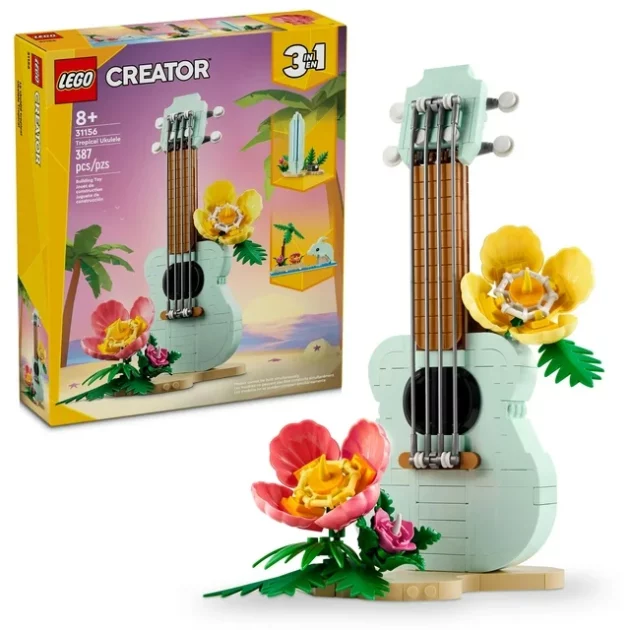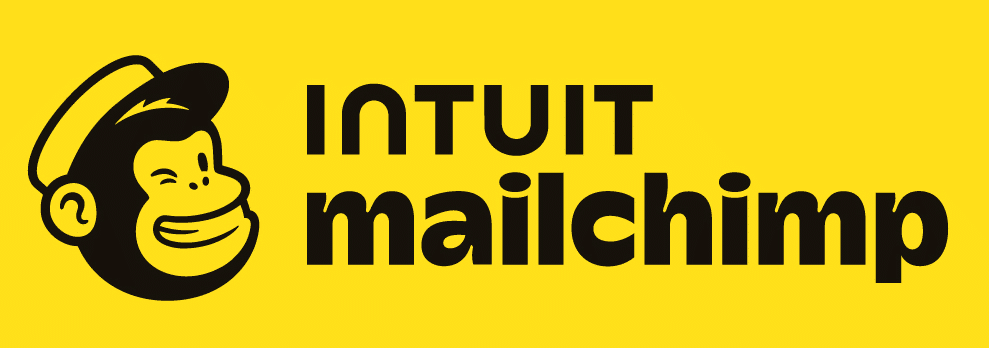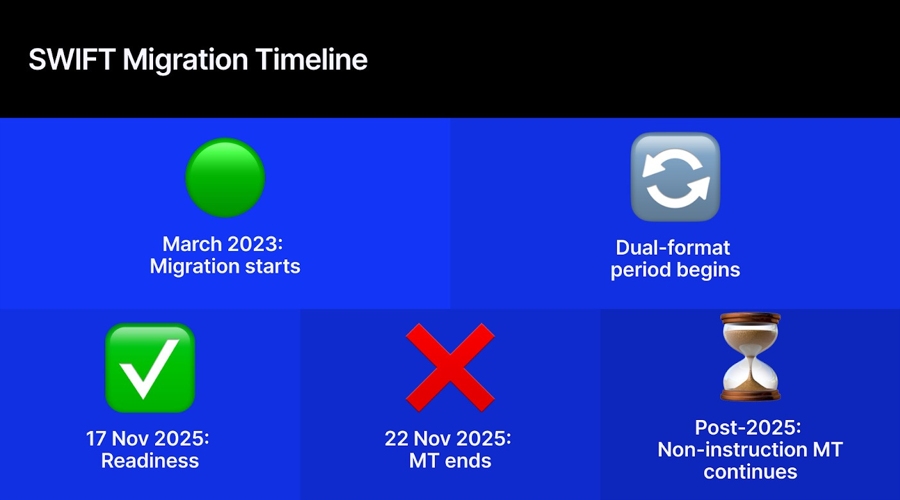Justin Sullivan/Getty Images News
The beverage industry has been a solid bet through the first eight months of 2022. Indeed, the defensively-oriented group has notably outperformed major market indices with pricing power, benign competitive dynamics, and strong characteristics of secular growth.
Morgan Stanley recently called the space a preferred sector in July as a bulwark against market volatility. The firm’s analysts said that even among consumer staples and CPG companies vetted by conservative investors, beverage companies are “clearly superior”. Namely, Monster Beverage Corporation (MNST), Coca-Cola (NYSE:KO), and PepsiCo (PEP) were cited as favorites. Aside from Monster, each has posted a positive return in 2022 in contrast to the double-digit decline in the S&P. The outperformance for beverage names such as Pepsi- partner Celsius Holdings (CELH), Lacroix-maker National Beverage Corp. (FIZZ), and the Vita Coco Company (COCO) has been even more pronounced. The dynamic for alcoholic beverages, however, is less uniform. While Constellation Brands (STZ), Brown Forman (BF.B) and Molson Coors (TAP) have all outperformed in line with their alcohol-free peers, Boston Beer Company (SAM), Anheuser-Busch InBev (BUD), and the Duckhorn Portfolio (NAPA) have underperformed.
The laggard nature of many of the names is not only due to a COVID hangover, but a significant shift in consumer tastes. Nowhere was this more evident than in terms of seltzers. “Hard seltzer’s lost its novelty as consumers have been distracted by many new Beyond Beer products entering a hyper crowded marketplace,” Boston Beer Company (SAM) CEO Dave Burwick said in a recent earnings call. “Second, and tied to the macroeconomic environment, we are seeing a volume shift from hard seltzers back to premium light beers with their lower pricing, particularly among 35 to 44 year olds.”
However, aside from the move to light beer rather than seltzers, there is a move away from high-calorie and high alcohol products broadly. “One of the most exciting and innovative alcohol trends to come about in recent years is the growing popularity of low- or no-ABV drinks,” a recent report on consumer behavior from DoorDash stated. “With moderation in mind, many consumers across the globe are embracing no-alcohol and low-alcohol beverages.” The report cited over 30% sales increases into the end of 2021 for both that picked up into 2022. Per Grandview Research, the segment has continued to grow into 2022 and is anticipated to expand at a 5.2% compound annual growth rate for the next 8 years. “Approximately 58% of consumers globally are shifting to non-alcoholic and low-ABV cocktails and beverages,” the firm’s research said. “With the expanding acceptance of the no-alcohol and low alcohol category by consumers, manufacturers in the market are catering to the new trends and have been innovating the current product portfolio, which is likely to bode well for future growth.” Interestingly, beverages without the buzz might be best for portfolios in coming years.
M&A wildcards: Instead of the depressant effect of alcohol, consumers seem to increasingly be looking to energy drinks and lower-calorie options to imbibe. For example, Celsius Holdings’ latest earnings report indicated (CELH) its domestic sales jumped 171% in just one year. This rate of growth is only expected to accelerate in light of the company’s distribution partnership with PepsiCo Inc. (PEP). Shortly after that deal, rumors swirled about Bang Energy maker VPX possibly being acquired by Keurig Dr. Pepper (KDP). While both sides quickly threw cold water on that prospect in the days after rumors first emerged, it is far from the first bout of M&A suspicion in energy drinks. For example, Bloomberg reported in November that Monster Beverage (MNST) was potentially exploring a deal with Constellation Brand (STZ), a report bolstered by similar reporting from CNBC in late February. Axios also recently reported that Keurig Dr. Pepper (KDP) could be eyeing C4 Energy as an alternative to Bang. That said, Benjamin LaFrombois, a partner at MG+M Law Firm focusing on mergers and acquisitions, does not expect blockbuster takeovers to come. Instead, the “Buffett-like” stake taken by Pepsi (PEP) in Celsius (CELH) could set a standard. “Like the Celsius deal, future beverage deals will be about the strategic and tactical benefits for each business; not financial speculation or high risk taking,” he told SeekingAlpha. “Across the beverage industry, Covid setbacks reduced innovation and new products. The focus is on core products tweaked with flavors, which is why you have ingredients doing well. Right now, the deals are tactical. Nobody is getting out on their ski tips in beverage.” Overall, he expects “smaller, tactical” M&A action to focus on energy, low-calorie, and “better for you” options in the beverage space. In short, deals are likely to look more like Coca Cola’s steady takeover of Fairlife after a strategic stake than its splashy deal to take over Costa Coffee in 2019. However, that is not to say that Coca Cola (KO) will not be keen to match PepsiCo’s (PEP) wheeling and dealing as of late. “Because of Covid, Coca-Cola (KO) focused on core products and eliminated much of its product development. Besides flavor changes to core products, they are slow to getting back to innovation and new products,” Laframbois noted. “ Expect cautious deals with a high likelihood of success like the Celsius deal. However, Coca-Cola looking at alcoholic beverages is well worth watching.” He noted that juice may also be an area of interest for Coca Cola after discontinuing many brands in the space in recent years. For example, Odwalla juice was cut from the portfolio in 2020 as Coke management said it did not fit within the company’s offerings after a careful cost-benefit analysis. While juice demand did indeed fall from 2019 to 2020, the time of that analysis, Statista data shows that demand for juices rebounded sharply into 2021 and 2022.
Meanwhile, Embarc Advisors President Jay Jung added that geography is an important factor for Coca Cola (KO). “There is certainly room for Coca-Cola to make more acquisitions in the coffee and energy drink space. These are large growing segments,” he told SeekingAlpha. “Expect more M&A activity in overseas markets. In the US, expect more of a wait-and-see approach to see if some categories become significant enough in size with staying power.”
What to watch: The upcoming Barclays Global Consumer Staples Conference is one of the closest watched gatherings of the year involving the beverage sector. Coca-Cola’s (KO) appearance at the event this week has been singled out in Seeking Alpha’s Catalyst Watch.







































